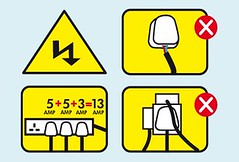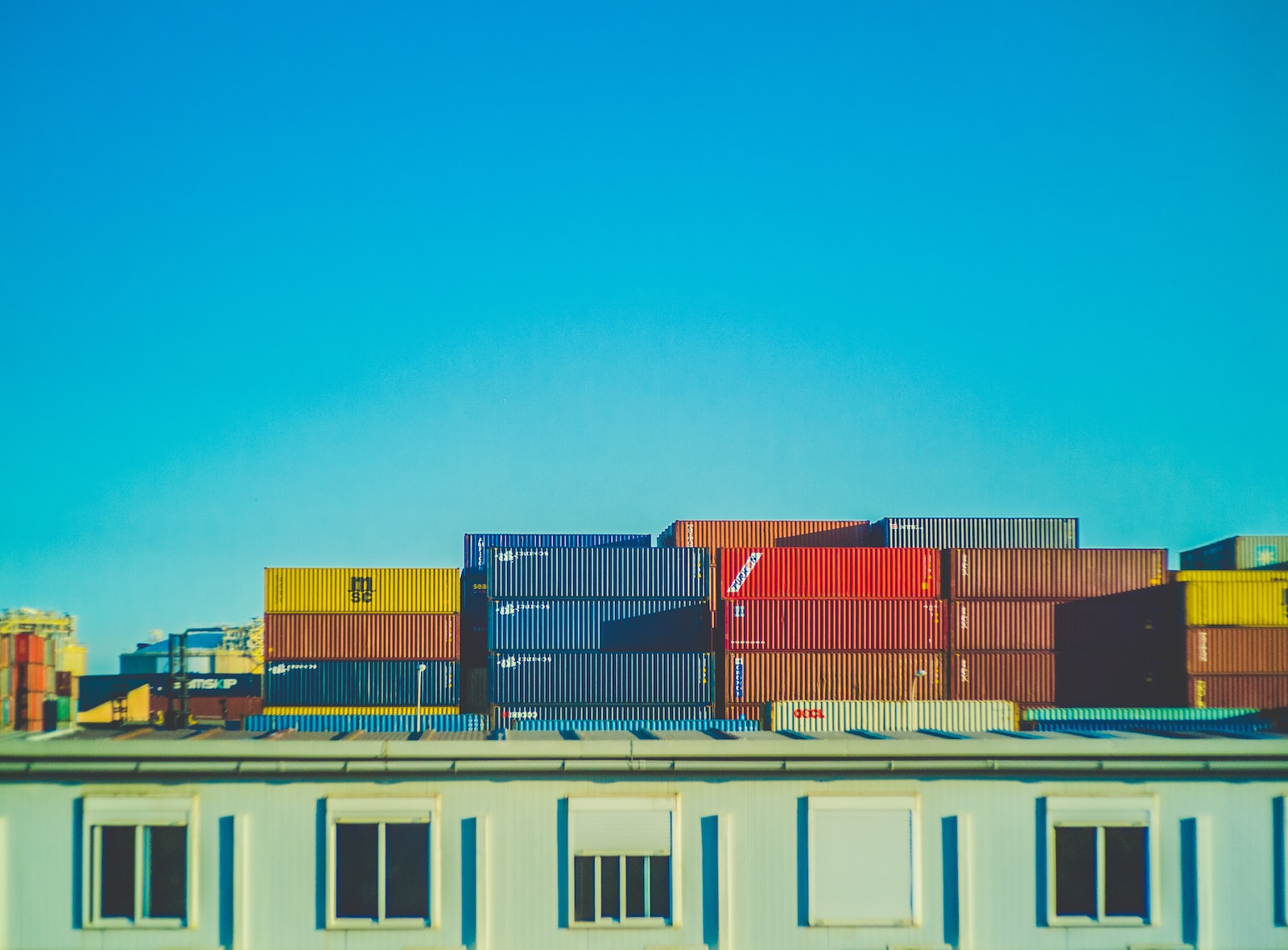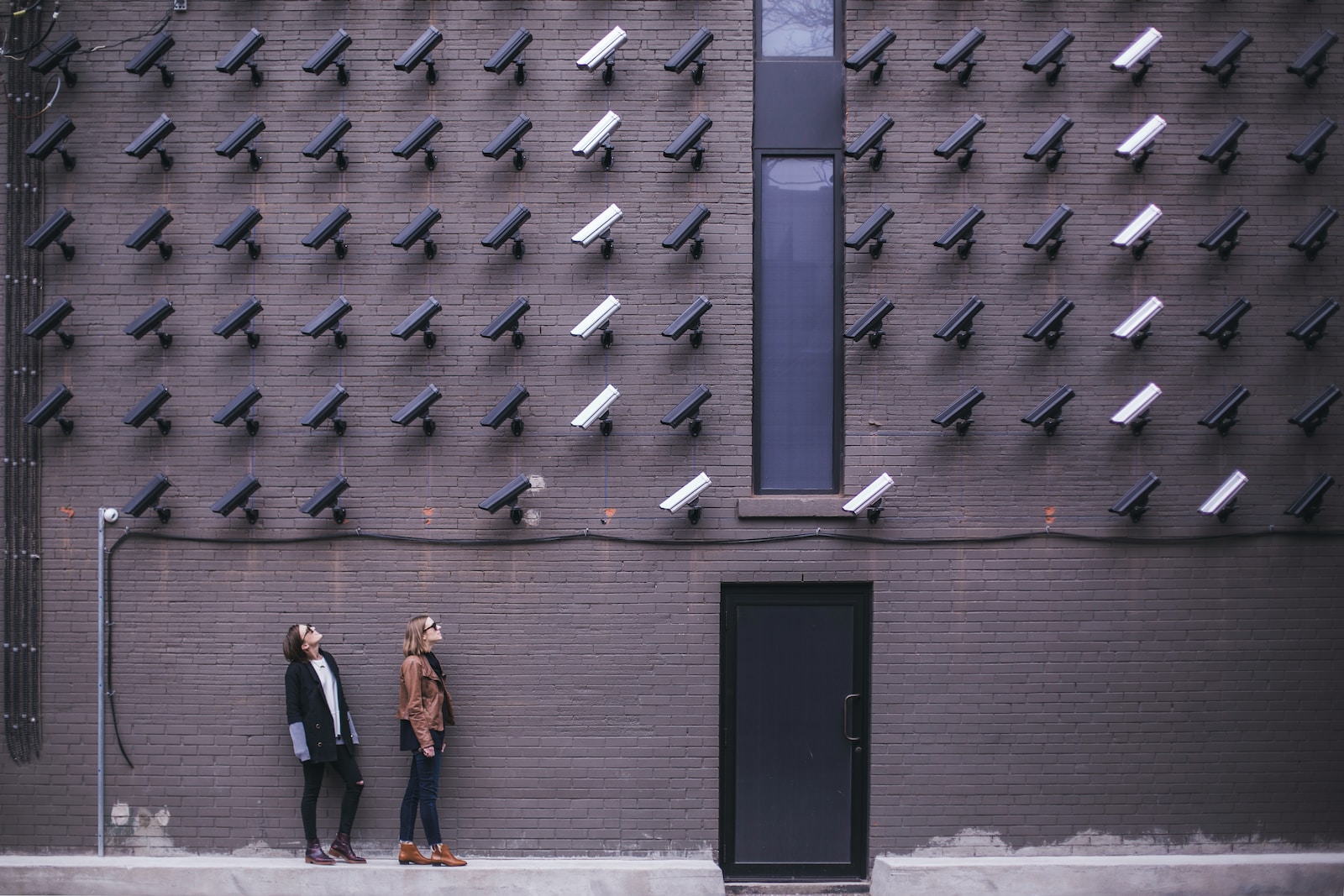Introduction
Welcome back, fellow container home enthusiasts! I’m Lulaa Black, and I’ve been blogging about the wonders of container homes for over four years now. While I love extolling the virtues of these unique and sustainable living spaces, it’s equally important to address the issue of safety and emergency response within these steel boxes. So, today, let’s dive deep into the world of container home safety, with a bit of my signature humor and a ton of practical advice.
Proper Fire Safety Measures
Safety in a container home begins with fire safety. Containers are made of steel, and while that makes them robust and durable, it also means they can get pretty toasty when exposed to open flames. Here are some essential fire safety tips:
Install Smoke Alarms
Just like in a traditional home, you should install smoke alarms in various areas of your container home. These small devices can save lives by alerting you to the presence of smoke or fire.
Choose Fire-Resistant Materials
When decorating your container home, consider using fire-resistant materials for furnishings, curtains, and upholstery. Fabrics made of natural fibers like wool and cotton are more fire-resistant than synthetic materials.
Fire Extinguishers Are Your Friends
Invest in a good fire extinguisher and make sure it’s easily accessible. Know how to use it and conduct regular checks to ensure it’s in working condition.
Safe Cooking Practices
Container homes often feature compact kitchens, which can increase the risk of kitchen fires. Practice safe cooking habits, such as never leaving the stove unattended and keeping flammable items away from heat sources.
Electrical Safety

Now, let’s talk about electrical safety within container homes.
Proper Electrical Wiring
Hiring a professional electrician is a must when setting up your container home’s electrical system. Make sure the wiring is up to code to prevent electrical fires.
Overload Prevention
Avoid overloading your electrical circuits. Distribute the load evenly and use power strips with surge protection.
Adequate Ventilation
Container homes can sometimes become stuffy and lack proper airflow. Good ventilation isn’t just about comfort; it’s essential for safety too.
Install Ventilation Fans
Incorporate ventilation fans in your bathroom and kitchen to eliminate moisture and prevent mold growth. Adequate ventilation also reduces the risk of carbon monoxide poisoning.
Emergency Exit Plan
Having an escape plan is vital. Container homes might have unique layouts, so make sure everyone in your household knows the escape routes in case of an emergency.
Structural Safety
Container homes rely on the integrity of their steel structures, making structural safety crucial.
Regular Inspections

Periodically inspect your container home for any signs of rust, corrosion, or damage to the steel structure. Address any issues promptly to maintain structural integrity.
Reinforce for Seismic Activity
If you live in an area prone to earthquakes, consider reinforcing your container home’s foundation and structure to withstand seismic activity.
Emergency Response Kits
First Aid Kit
Every home should have a first aid kit, but it’s especially crucial in container homes due to potential remoteness. Ensure it’s well-stocked with essential supplies.
Emergency Contacts
Create a list of emergency contacts, including local authorities, neighbors, and friends. Keep this list in a prominent place.
Weather-Related Safety
Container homes, like any other dwelling, are subject to the whims of Mother Nature.
Weatherproofing
Seal any gaps or leaks that could allow rain or pests to enter your container home. This will prevent water damage and enhance comfort during storms.
Secure Loose Items
If you live in a hurricane or tornado-prone area, make sure to secure loose outdoor items and windows to minimize damage during high winds.
Safe Heating and Cooling
Proper climate control is crucial for your comfort and safety.
Heating Safety
Use safe heating methods such as electric space heaters, and ensure they have tip-over and overheat protection features.
Cooling Options
Consider installing energy-efficient cooling systems to maintain a comfortable temperature during the sweltering summer months.
Security Measures
Burglar-Proofing

Just like any home, container homes can be targets for burglars. Invest in security measures like strong locks, motion-activated lighting, and a security system if needed.
Disaster Preparedness
Last but not least, be prepared for natural disasters.
Stock Up on Supplies
Have an emergency kit stocked with essentials like food, water, flashlights, batteries, and a radio for updates.
Fireproof Safes
Invest in a fireproof safe to protect your important documents and valuables.
Conclusion:
Container homes are undoubtedly fascinating and eco-friendly living spaces, but safety should always be a top priority. With the right precautions, such as proper fire safety measures, electrical safety, ventilation, structural integrity, and emergency response preparedness, you can enjoy all the benefits of container living without compromising on safety. After all, nothing says “home sweet home” like a safe and secure container abode!
Stay safe, my container home comrades, and continue to enjoy the unique and sustainable life these steel boxes offer. If you have any additional tips or stories about container home safety, please feel free to share them in the comments section. Until next time, happy container living!




















Find Us on Socials